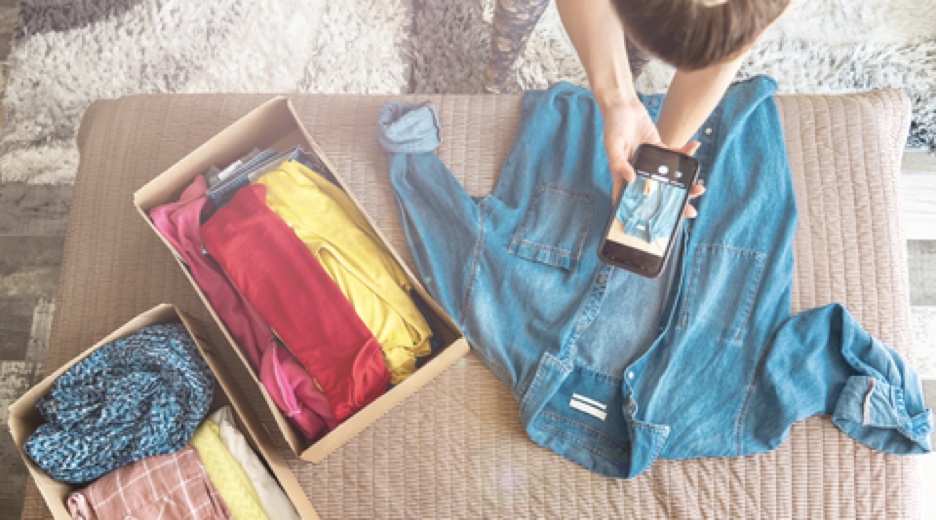Technology continues to transform daily life, challenging insights teams to keep up with changing customer behaviors. As the world of digital natives has gone mobile, one of the most powerful innovations researchers have at their disposal is digital ethnography. It takes qualitative research to new levels of immediacy and authenticity.
Instead of visiting a research facility, each respondent remains in their own space–their “natural habitat”–and goes about their typical daily routines. Respondents engage in the research process via their smartphones, completing assigned tasks and participating in discussions with the moderator. Given participants’ privacy and comfort level in this method, they are typically more forthcoming and authentic in terms of what they share. Because of this, digital ethnography can be especially valuable when addressing sensitive topics.
Although participants engage remotely, the research team has a more immersive experience. Having access to what a respondent does in-the-moment, versus what they say they do, and observing contextual details the respondent might not think to mention, enables researchers to capture a more complete and nuanced picture. The moderator can engage with many respondents simultaneously, generating data faster and more economically than traditional qualitative approaches that involve traveling and scheduling appointments. The time horizon for a study can be longer (7-10 days or more), providing flexibility to the participant and, in turn, a more complete perspective of how the target activity or event fits into their everyday life.
Digital ethnography is conducted using the same fundamental process as other qualitative research: design, recruit, field, moderate, and analyze. Read on for a step-by-step summary and a few pro tips for approaching your first digital ethnography project.
Project design: agile qualitative
The primary value of qualitative research lies in the opportunities it creates to discover and explore previously unrecognized needs and opportunities. It’s crucial to begin with a clear hypothesis (or set of hypotheses) to have a frame of reference for understanding digressions and discoveries. The framework must be coherent and flexible enough to support an iterative process, incorporating new learnings which fine-tune and deepen the research team’s queries.
Like all qualitative approaches, digital ethnography is primarily exploratory. It’s built around open-ended questions, probing, and thorough follow-up meant to capture as much depth and texture as possible. At the same time, the online format makes it easy to incorporate closed-end questions, which, used judiciously, can generate numbers that help frame the conversations and provide a rubric for analysis and reporting.
Digital ethnography conducted on platforms like EthOS support a hybrid design by offering the benefits of one-on-one, in-depth conversations and breakout sessions for group discussion at the moderator’s discretion. Researchers can even incorporate quantitative tasks like multiple-choice and scale questions. The flexibility of digital tools means researchers can build these tasks and discussions into their design or implement them on the fly as insights suggest new questions or issues to address.

Recruiting: free of geography and segment boundaries
Qualify and recruit respondents for digital ethnography studies as you would traditional qualitative projects. Make sure participants will be comfortable with the logistics, understand what’s expected of them, and are prepared to engage for the required period. Screen prospects using whatever category and/or brand usage criteria pertain, along with relevant demographic variables, to obtain the input you need.
Because the conversations are typically one-on-one between the moderator and each respondent, a session can include a broader range of respondents than is usually feasible with in-person focus groups, which are typically assembled by age, sex, product usage, etc.
Another consideration–and a great boon for the research team– is that geography is a non-issue. Any session can include respondents from across the country or a single locality. Nobody has to travel, time zones aren’t an issue, and everyone can participate at their convenience (within the parameters of the project schedule).
Fielding: Fast, facile, and fun
You will field your digital ethnography project using a platform with two components: An app that respondents download and install on their mobile devices and a dashboard which the moderator uses to interact with respondents and other research team members.
The EthOS apps offer a chat-based interface that resembles text messaging and popular messenger tools that people are already accustomed to using. A natural and intuitive interface is essential because it lowers the learning curve for participants and makes it easy to incorporate into their everyday lives, minimizing friction in data collection. Respondents primarily document their activities, impressions, and opinions by sharing photos, videos, audio recordings, and text responses.
Moderating: Herding cats the easy way
Extensive sets of in-depth interviews (IDIs) take time and can be exhausting to schedule and conduct. That’s why moderating focus groups is often likened to herding cats. Digital ethnography, on the other hand, lets you do both simultaneously, minus the tedium and the time suck, due to its agility and asynchronous nature.
In lieu of a traditional discussion guide, you’ll design a series of exercises with particular objectives. The exercises are programmed into the platform, and respondents are assigned to complete them on their own schedule and at their own pace. Your goals include capturing specific activities, events, and occasions when they naturally occur.
Begin with a video introduction by the moderator and provide explicit instructions for each exercise, and avoid overloading them. Pose easy, top-of-mind questions to start with to help respondents warm up and get familiar with the platform and the process. The platform should provide all the tools you need to track participation and pacing.
Daily diary questions are an excellent way to keep respondents engaged through the study, as are personalized follow-up probes from the moderator.
Depending on the subject matter and insights you’re gaining, you may opt to convene one or more breakout sessions during the study, inviting a subset of respondents to complete additional exercises and/or participate in real-time chats.
Deep analysis and rich reporting
A tremendous advantage of digital ethnography is that it puts all of the captured data–respondent chats, diaries, photos, video, audio–at your fingertips, ready to be analyzed. You can sort and filter using pre-loaded tags, e.g., age or gender, and add codes as you go.
The platform you use should offer a selection of out-of-the-box analysis and reporting tools that help you move efficiently from data to insights, e.g. chronological reports, sentiment analysis, trending reports based on word frequency, or user tags. And of course, you can design your own reports and easily incorporate quotes from transcripts, photos, and video clips.

